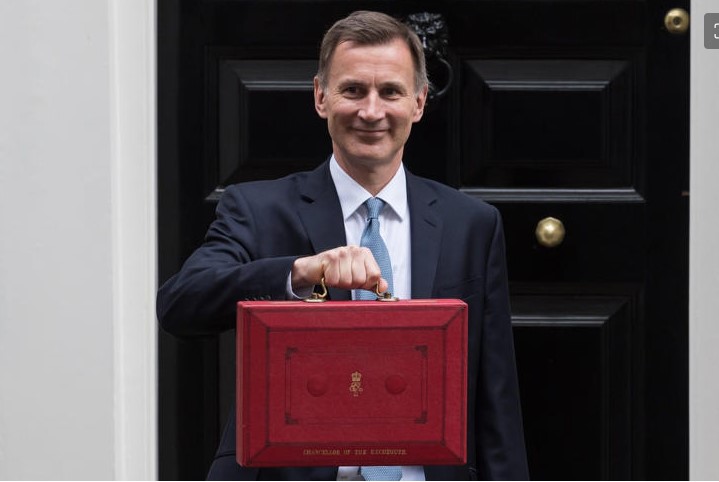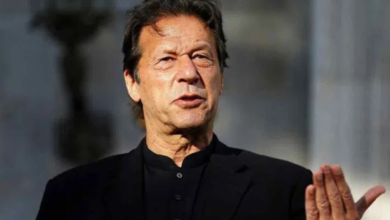Stealth tax raid on workers to rake in £120bn

Astealth raid by Jeremy Hunt will net £120bn for the Treasury over the next five years as 3.2 million more people are forced to pay income tax.
Fiscal drag from high inflation and frozen tax thresholds mean the number of taxpayers in the higher-rate band will jump by 47pc, according to new calculations by the Office for Budget Responsibility, the Government’s spending watchdog.
This means an extra 2.1 million people will pay tax at 40pc. A further 350,000 workers will get hit by the 45pc additional tax rate.
Overall, the number of people paying income tax will increase by 3.2 million because the starting threshold is not going up – a 9pc rise.
This will boost the Treasury’s tax take by £12bn in the 2023-24 tax year, compared to if income tax and employer national insurance thresholds had been raised in line with inflation.
The tax take will increase steadily in years to come as more workers move into higher tax brackets. By the financial year ending in 2028, the stealth tax measures will be bringing in an extra £29.3bn for the Treasury.
Tom Waters, of the Institute for Fiscal Studies, a think tank, said this increased tax take would continue long after the OBR’s forecast finishes.
He said: “These freezes mean permanently lower thresholds.
Rishi Sunak froze the personal allowance and higher-rate tax thresholds in 2021 while he was Chancellor, but this freeze was only due to run until 2026. In November, Mr Hunt extended this freeze until the tax year ending in 2028.
This six-year freeze in the personal allowance means that its real value in 2027-28 when adjusted for inflation will be the 2013-14 level, the OBR said.
In the autumn, Mr Hunt also lowered the additional-rate threshold from £150,000 to £125,140 from April 2023.
Mr Hunt also extended a freeze to the primary threshold for national insurance, and introduced a freeze on the employer NICs secondary threshold.
The figures are stark, but the OBR’s downgraded inflation expectations mean that the blow to households will be lessened.
Based on the Bank of England’s last inflation forecast, the combination of the frozen NICs and income tax thresholds would have brought in a total of £35bn a year for the Treasury by 2027-28, according to the IFS.
Based on the OBR’s expectation that inflation will fall to 2.9pc by the end of 2023, the Treasury’s tax take from this fiscal drag will now be around 16pc less by the end of the forecasting period.







